Zirui Zhou
SMARTAPS: Tool-augmented LLMs for Operations Management
Jul 23, 2025Abstract:Large language models (LLMs) present intriguing opportunities to enhance user interaction with traditional algorithms and tools in real-world applications. An advanced planning system (APS) is a sophisticated software that leverages optimization to help operations planners create, interpret, and modify an operational plan. While highly beneficial, many customers are priced out of using an APS due to the ongoing costs of consultants responsible for customization and maintenance. To address the need for a more accessible APS expressed by supply chain planners, we present SmartAPS, a conversational system built on a tool-augmented LLM. Our system provides operations planners with an intuitive natural language chat interface, allowing them to query information, perform counterfactual reasoning, receive recommendations, and execute scenario analysis to better manage their operation. A short video demonstrating the system has been released: https://youtu.be/KtIrJjlDbyw
Decompositional Neural Scene Reconstruction with Generative Diffusion Prior
Mar 19, 2025Abstract:Decompositional reconstruction of 3D scenes, with complete shapes and detailed texture of all objects within, is intriguing for downstream applications but remains challenging, particularly with sparse views as input. Recent approaches incorporate semantic or geometric regularization to address this issue, but they suffer significant degradation in underconstrained areas and fail to recover occluded regions. We argue that the key to solving this problem lies in supplementing missing information for these areas. To this end, we propose DP-Recon, which employs diffusion priors in the form of Score Distillation Sampling (SDS) to optimize the neural representation of each individual object under novel views. This provides additional information for the underconstrained areas, but directly incorporating diffusion prior raises potential conflicts between the reconstruction and generative guidance. Therefore, we further introduce a visibility-guided approach to dynamically adjust the per-pixel SDS loss weights. Together these components enhance both geometry and appearance recovery while remaining faithful to input images. Extensive experiments across Replica and ScanNet++ demonstrate that our method significantly outperforms SOTA methods. Notably, it achieves better object reconstruction under 10 views than the baselines under 100 views. Our method enables seamless text-based editing for geometry and appearance through SDS optimization and produces decomposed object meshes with detailed UV maps that support photorealistic Visual effects (VFX) editing. The project page is available at https://dp-recon.github.io/.
Evaluating LLM Reasoning in the Operations Research Domain with ORQA
Dec 22, 2024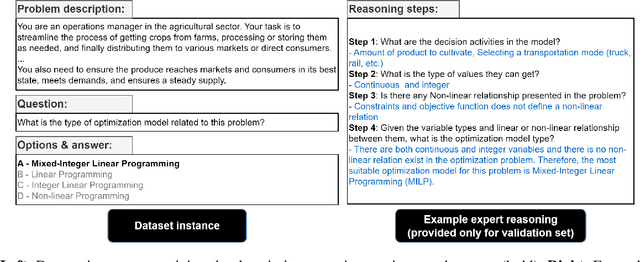


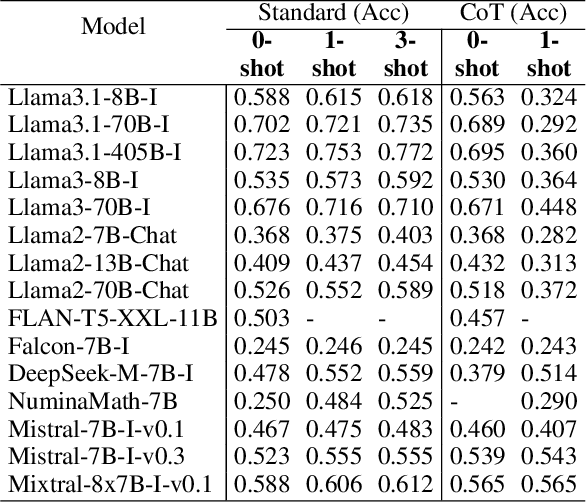
Abstract:In this paper, we introduce and apply Operations Research Question Answering (ORQA), a new benchmark designed to assess the generalization capabilities of Large Language Models (LLMs) in the specialized technical domain of Operations Research (OR). This benchmark evaluates whether LLMs can emulate the knowledge and reasoning skills of OR experts when confronted with diverse and complex optimization problems. The dataset, developed by OR experts, features real-world optimization problems that demand multistep reasoning to construct their mathematical models. Our evaluations of various open source LLMs, such as LLaMA 3.1, DeepSeek, and Mixtral, reveal their modest performance, highlighting a gap in their ability to generalize to specialized technical domains. This work contributes to the ongoing discourse on LLMs generalization capabilities, offering valuable insights for future research in this area. The dataset and evaluation code are publicly available.
GeoPro-Net: Learning Interpretable Spatiotemporal Prediction Models through Statistically-Guided Geo-Prototyping
Dec 19, 2024Abstract:The problem of forecasting spatiotemporal events such as crimes and accidents is crucial to public safety and city management. Besides accuracy, interpretability is also a key requirement for spatiotemporal forecasting models to justify the decisions. Interpretation of the spatiotemporal forecasting mechanism is, however, challenging due to the complexity of multi-source spatiotemporal features, the non-intuitive nature of spatiotemporal patterns for non-expert users, and the presence of spatial heterogeneity in the data. Currently, no existing deep learning model intrinsically interprets the complex predictive process learned from multi-source spatiotemporal features. To bridge the gap, we propose GeoPro-Net, an intrinsically interpretable spatiotemporal model for spatiotemporal event forecasting problems. GeoPro-Net introduces a novel Geo-concept convolution operation, which employs statistical tests to extract predictive patterns in the input as Geo-concepts, and condenses the Geo-concept-encoded input through interpretable channel fusion and geographic-based pooling. In addition, GeoPro-Net learns different sets of prototypes of concepts inherently, and projects them to real-world cases for interpretation. Comprehensive experiments and case studies on four real-world datasets demonstrate that GeoPro-Net provides better interpretability while still achieving competitive prediction performance compared with state-of-the-art baselines.
Learn2Aggregate: Supervised Generation of Chvátal-Gomory Cuts Using Graph Neural Networks
Sep 10, 2024
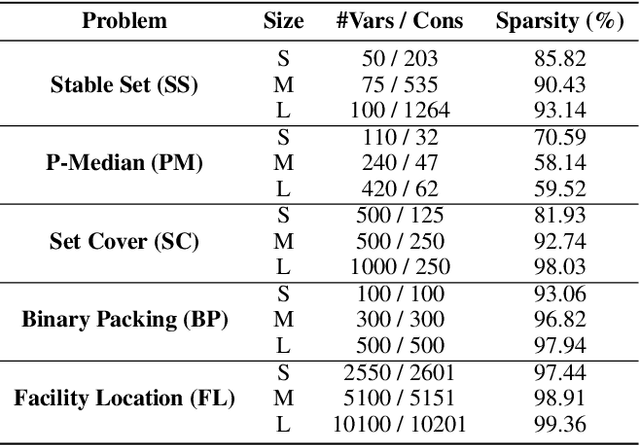
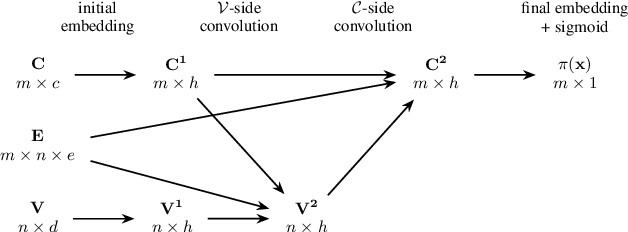
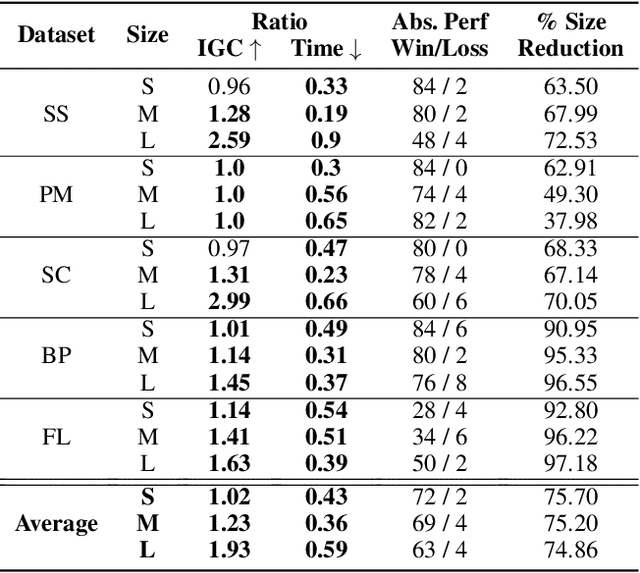
Abstract:We present $\textit{Learn2Aggregate}$, a machine learning (ML) framework for optimizing the generation of Chv\'atal-Gomory (CG) cuts in mixed integer linear programming (MILP). The framework trains a graph neural network to classify useful constraints for aggregation in CG cut generation. The ML-driven CG separator selectively focuses on a small set of impactful constraints, improving runtimes without compromising the strength of the generated cuts. Key to our approach is the formulation of a constraint classification task which favours sparse aggregation of constraints, consistent with empirical findings. This, in conjunction with a careful constraint labeling scheme and a hybrid of deep learning and feature engineering, results in enhanced CG cut generation across five diverse MILP benchmarks. On the largest test sets, our method closes roughly $\textit{twice}$ as much of the integrality gap as the standard CG method while running 40$% faster. This performance improvement is due to our method eliminating 75% of the constraints prior to aggregation.
Gait Patterns as Biomarkers: A Video-Based Approach for Classifying Scoliosis
Jul 09, 2024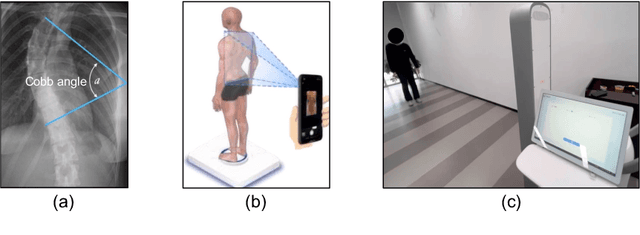

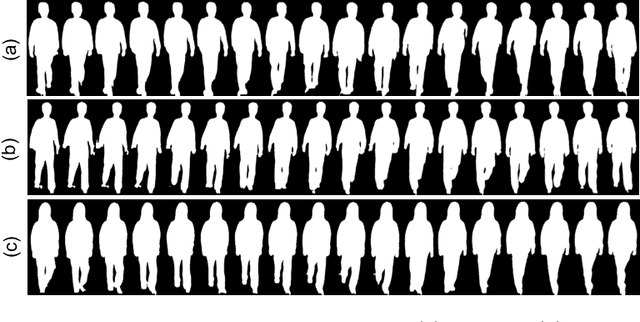

Abstract:Scoliosis poses significant diagnostic challenges, particularly in adolescents, where early detection is crucial for effective treatment. Traditional diagnostic and follow-up methods, which rely on physical examinations and radiography, face limitations due to the need for clinical expertise and the risk of radiation exposure, thus restricting their use for widespread early screening. In response, we introduce a novel, video-based, non-invasive method for scoliosis classification using gait analysis, which circumvents these limitations. This study presents Scoliosis1K, the first large-scale dataset tailored for video-based scoliosis classification, encompassing over one thousand adolescents. Leveraging this dataset, we developed ScoNet, an initial model that encountered challenges in dealing with the complexities of real-world data. This led to the creation of ScoNet-MT, an enhanced model incorporating multi-task learning, which exhibits promising diagnostic accuracy for application purposes. Our findings demonstrate that gait can be a non-invasive biomarker for scoliosis, revolutionizing screening practices with deep learning and setting a precedent for non-invasive diagnostic methodologies. The dataset and code are publicly available at https://zhouzi180.github.io/Scoliosis1K/.
Machine Learning Insides OptVerse AI Solver: Design Principles and Applications
Jan 17, 2024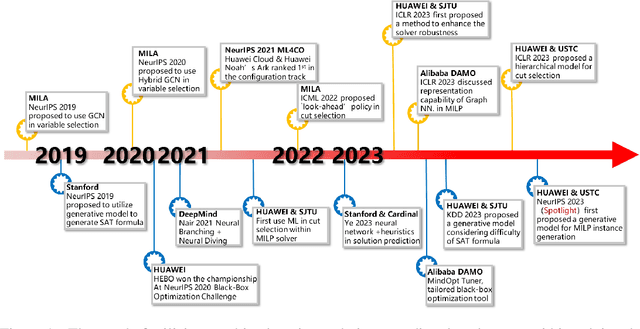
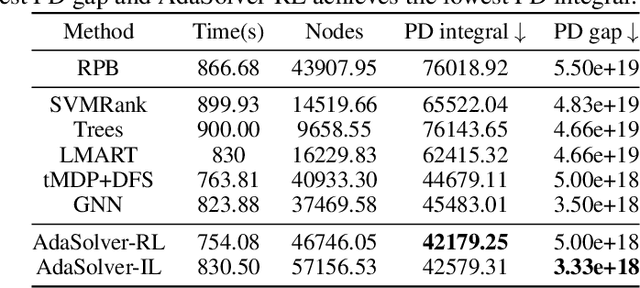


Abstract:In an era of digital ubiquity, efficient resource management and decision-making are paramount across numerous industries. To this end, we present a comprehensive study on the integration of machine learning (ML) techniques into Huawei Cloud's OptVerse AI Solver, which aims to mitigate the scarcity of real-world mathematical programming instances, and to surpass the capabilities of traditional optimization techniques. We showcase our methods for generating complex SAT and MILP instances utilizing generative models that mirror multifaceted structures of real-world problem. Furthermore, we introduce a training framework leveraging augmentation policies to maintain solvers' utility in dynamic environments. Besides the data generation and augmentation, our proposed approaches also include novel ML-driven policies for personalized solver strategies, with an emphasis on applications like graph convolutional networks for initial basis selection and reinforcement learning for advanced presolving and cut selection. Additionally, we detail the incorporation of state-of-the-art parameter tuning algorithms which markedly elevate solver performance. Compared with traditional solvers such as Cplex and SCIP, our ML-augmented OptVerse AI Solver demonstrates superior speed and precision across both established benchmarks and real-world scenarios, reinforcing the practical imperative and effectiveness of machine learning techniques in mathematical programming solvers.
Artificial Intelligence for Operations Research: Revolutionizing the Operations Research Process
Jan 06, 2024
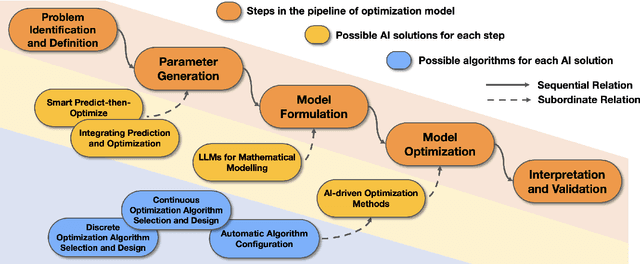
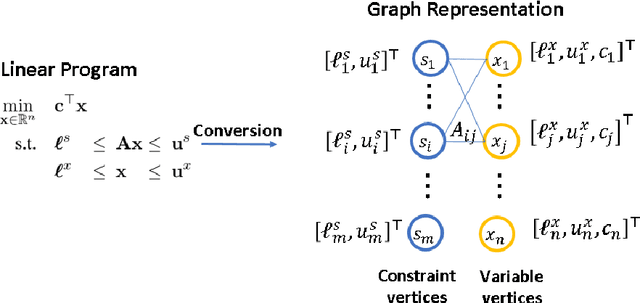

Abstract:The rapid advancement of artificial intelligence (AI) techniques has opened up new opportunities to revolutionize various fields, including operations research (OR). This survey paper explores the integration of AI within the OR process (AI4OR) to enhance its effectiveness and efficiency across multiple stages, such as parameter generation, model formulation, and model optimization. By providing a comprehensive overview of the state-of-the-art and examining the potential of AI to transform OR, this paper aims to inspire further research and innovation in the development of AI-enhanced OR methods and tools. The synergy between AI and OR is poised to drive significant advancements and novel solutions in a multitude of domains, ultimately leading to more effective and efficient decision-making.
Exact Combinatorial Optimization with Temporo-Attentional Graph Neural Networks
Nov 23, 2023Abstract:Combinatorial optimization finds an optimal solution within a discrete set of variables and constraints. The field has seen tremendous progress both in research and industry. With the success of deep learning in the past decade, a recent trend in combinatorial optimization has been to improve state-of-the-art combinatorial optimization solvers by replacing key heuristic components with machine learning (ML) models. In this paper, we investigate two essential aspects of machine learning algorithms for combinatorial optimization: temporal characteristics and attention. We argue that for the task of variable selection in the branch-and-bound (B&B) algorithm, incorporating the temporal information as well as the bipartite graph attention improves the solver's performance. We support our claims with intuitions and numerical results over several standard datasets used in the literature and competitions. Code is available at: https://developer.huaweicloud.com/develop/aigallery/notebook/detail?id=047c6cf2-8463-40d7-b92f-7b2ca998e935
* ECML PKDD 2023
NL4Opt Competition: Formulating Optimization Problems Based on Their Natural Language Descriptions
Mar 27, 2023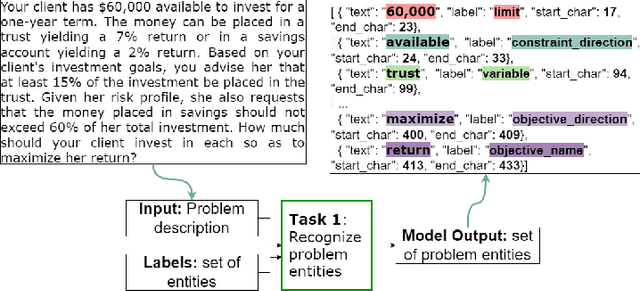
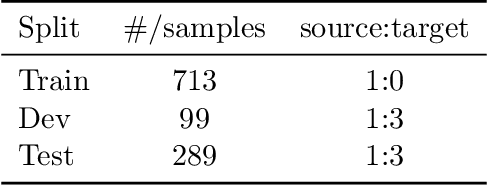
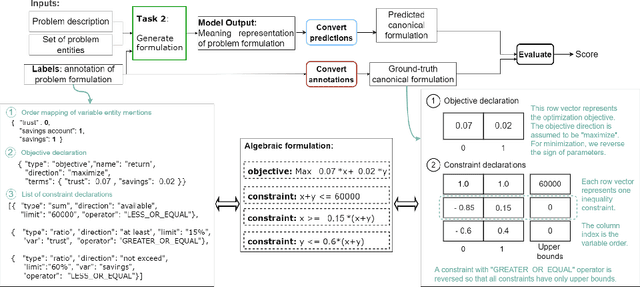

Abstract:The Natural Language for Optimization (NL4Opt) Competition was created to investigate methods of extracting the meaning and formulation of an optimization problem based on its text description. Specifically, the goal of the competition is to increase the accessibility and usability of optimization solvers by allowing non-experts to interface with them using natural language. We separate this challenging goal into two sub-tasks: (1) recognize and label the semantic entities that correspond to the components of the optimization problem; (2) generate a meaning representation (i.e., a logical form) of the problem from its detected problem entities. The first task aims to reduce ambiguity by detecting and tagging the entities of the optimization problems. The second task creates an intermediate representation of the linear programming (LP) problem that is converted into a format that can be used by commercial solvers. In this report, we present the LP word problem dataset and shared tasks for the NeurIPS 2022 competition. Furthermore, we investigate and compare the performance of the ChatGPT large language model against the winning solutions. Through this competition, we hope to bring interest towards the development of novel machine learning applications and datasets for optimization modeling.
 Add to Chrome
Add to Chrome Add to Firefox
Add to Firefox Add to Edge
Add to Edge